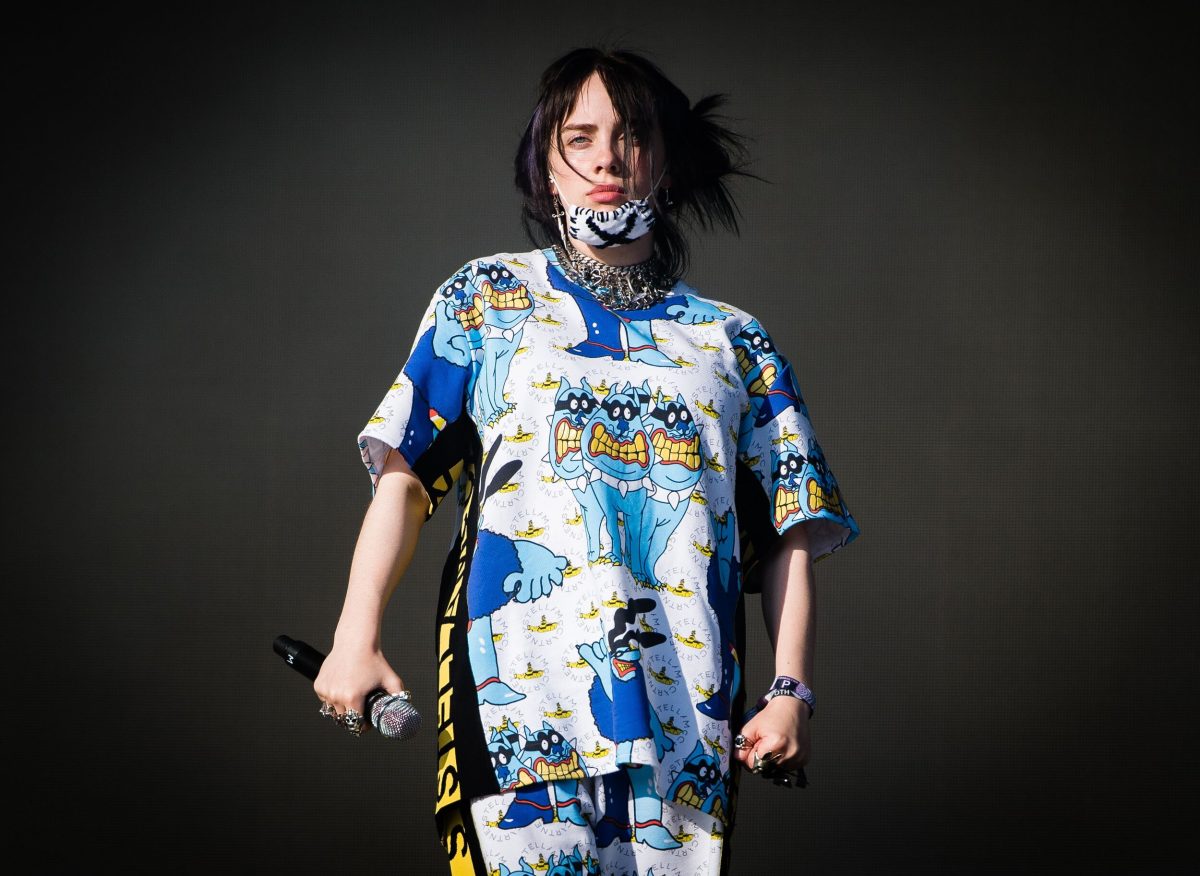Courtesy of Cosmopolitan
The youth have always been in control of the music.
The taste, brand and presentation has been dictated by youth culture since music became a popular form of entertainment. In the 1960s there was Woodstock and scores of youth flooded small venues and places like the Fillmore East to support revolutionary artists such as Jefferson Airplane and Jimi Hendrix. Hip-hop and rap music have always been the voice of the underdog, and despite gaining national popularity by the end of the 1980s, these genres weren’t acknowledged as a form of music by The Recording Academy until 1996. Pop music changed going into the new millennium with the introduction of boy bands and “triple threat divas” like Britney Spears. Teens were spending excessive amounts of money, not only on albums but on merchandise and concert tickets too.
Although the reasons for young demographics’ impact on the music industry are essentially capitalistic, that power exists nonetheless.
Think about it this way: the most successful artists probably started by testing their material out on their friends. Young people are the test group before anyone reaches fame or gets recognition for their talent. With the increased accessibility of advanced technology, it has become more common for young people to be creating and redefining music. Soundcloud, Spotify and TikTok are platforms that have been a breeding ground for new sounds in music. These spaces are overflowing with creative people and boundless energy, and the rapid growth of social media provides them different places to gain fans. Gen Z flocks to these artists on TikTok like our grandparents flooded the rock shows at Fillmore East.
The new wave of music taking over now is a raw, dreamy, look into adolescence today. People have been talking about it since 2018 when artists with these same qualities began to pop up in various charts. Their departure from traditional format and sound makes these artists hard to place in any one genre. Billie Eilish is an example of this new sound as much as Rex Orange County or Brockhampton: Their plurality makes them hard to define. Tyler, the Creator recently made a comment about this after winning a Grammy for Best Rap Album.
The song production favors acoustics, synths and innovative looping, and the do-it-yourself quality is both digestible and impressive. Yet the genre maintains range as its web sticks to dreamy, dusk colored silhouette vibes as much as to catchy beats with lyrical flows that rival your favorite rappers. It can be funny and playful at times and moody and mellow at others. Lyrically, it’s all about relatability. These artists have their fingers on the pulse of what listeners want to hear because they’re living the experience of their early 20s now. The lyrical content is deep, often touching on topics like resisting social authority, outcast and underdog culture, unrequited love and critiques of modern society. It mimics the cultural shifts that young people have created, bringing back activism and creating platforms for positive political influence. Each song is an essay on what transitioning into adulthood looks like in an era of Tinder, digital intimacy, peak mental health awareness, apocalypse anxiety and lofty ideals of a better world.
Tobi Lou is known for his wordplay in his verses and the easy sing-along feel in his hooks. Artists like Omar Apollo and Role Model are the pretty boys who harp on the emotional, love-struck loner chord. Standouts like Claud and Girl in Red give a fresh and honest queer perspective. Artists like Clairo and Rex Orange County have been making appearances on rock, adult alternative and electronic charts since as early as 2017 and show no signs of stopping. Still Woozy, Hello Yello, Raveena and Ryan Beatty are just a few musicians who are at the forefront of these trends.
The best thing about this new wave is that these artists have a camaraderie with each other and tend to play “tag” with each other’s features. This generation would rather trade in the typical petty politics of the industry, instead creating a collaborative interdependence. This helps to widen and deepen their individual audiences and establish these artists on a mainstream level. They self-release albums on Spotify to half a million fans and produce out of their bedrooms, but as shown by the packed crowds at every venue they tour, these artists still command an impressive amount of attention and potential, and they’re taking over.








